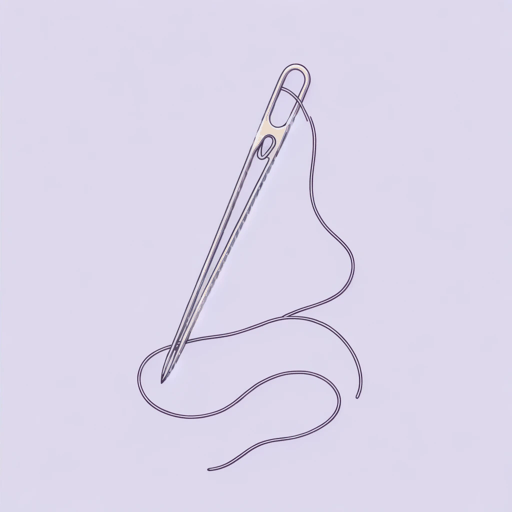18 pages • 36 minutes read
Alice Moore Dunbar-NelsonI Sit and Sew
Fiction | Poem | Adult | Published in 1988A modern alternative to SparkNotes and CliffsNotes, SuperSummary offers high-quality Study Guides with detailed chapter summaries and analysis of major themes, characters, and more.
Themes
Duty, Service, and Race
“I Sit and Sew” is neither expressly patriotic nor anti-war. The speaker focuses on the suffering of the soldiers who sacrifice their physical bodies and their humanity on the battlefield. Higher ideals, nationalistic fervor, nor philosophical statements contextualize their fight; the soldiers function as part of the “panoply of war” (Line 3), the “pageant terrible” (Line 9). They were “once men” (Line 11) but now only serve as pieces of a larger system, dehumanized by pain and by their absorption into the entity that is the fight itself. The speaker sympathizes with men and still sees the individuals, “the quick ones and the slain” (Line 18), who call to her in their moment of need. This vision of the men both individualized and effaced in war resembles the Robert Gould Shaw Memorial created by Augustus Saint-Gaudens in 1897—the first war monument in the United States to honor African American soldiers. Saint-Gaudens completed individual character studies for each soldier’s face on the monument; while the shouldered weapons and shapes of the soldiers’ bodies create visual continuity and solidarity, each face represents individualized mood and personality. Like the monument, Dunbar-Nelson’s poem recognizes the erasure of the personal within war, and in order to honor the loss and suffering the soldiers endured, returns their individuality and identity to them.

